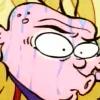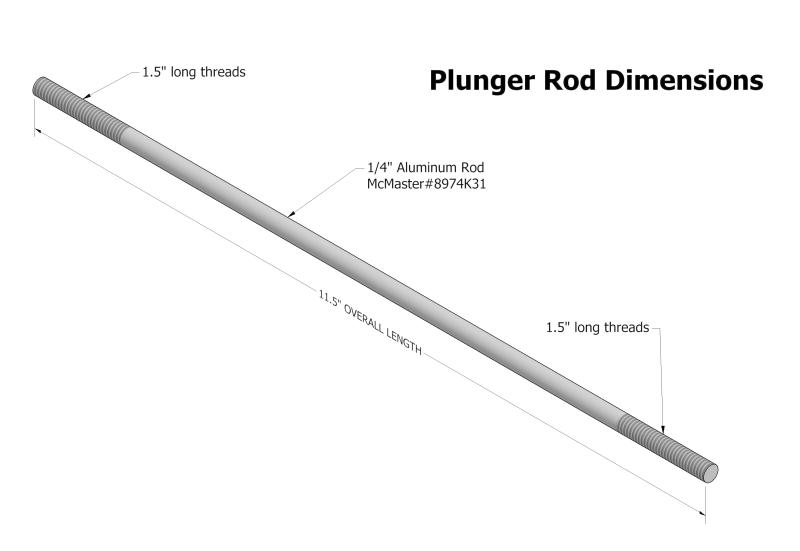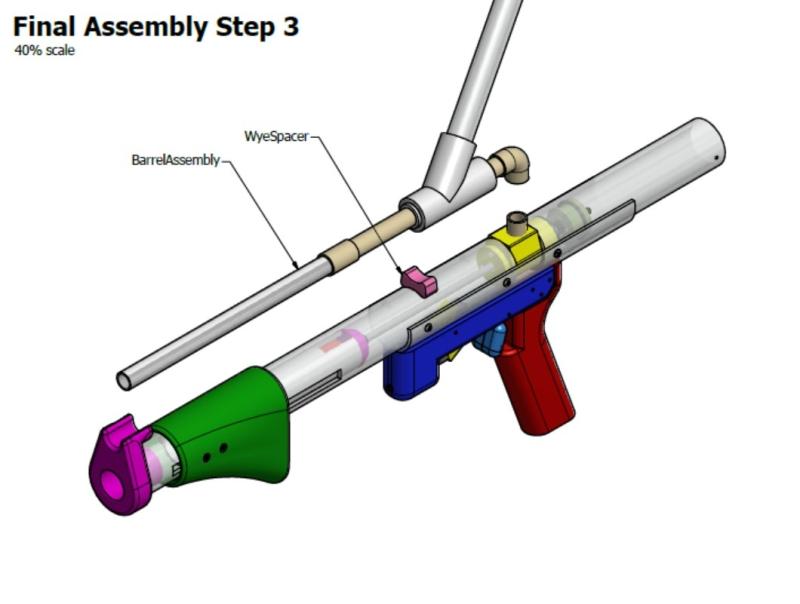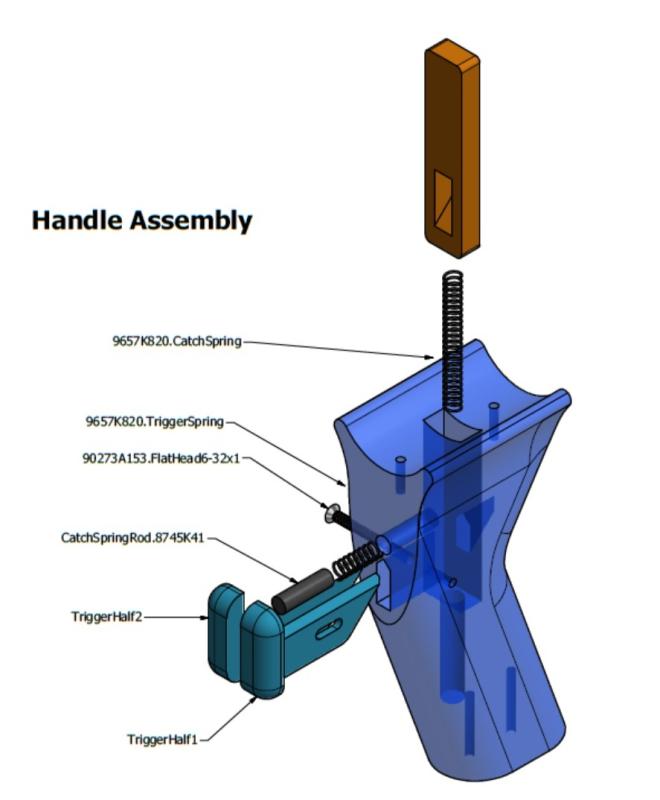**DANGER**
I ordered 2000 of these through the same link Kane and Zorn used.. I chose BuyChina.com as my Taobao agent, and I'm very disappointed. The price was definitely excellent, and it was very easy to order, but they shipped me something completely different than what I thought I purchased:

These would probably be better than the Artifacts that the above mentioned received, but they are straight up ROCK MODE. These are basically hot glue domes.
I've tried contacting my BuyChina agents but they haven't responded so I've filed a dispute on PayPal as of a few minutes ago. I guess I'll see what happens and keep people updated.



 Find content
Find content

































































